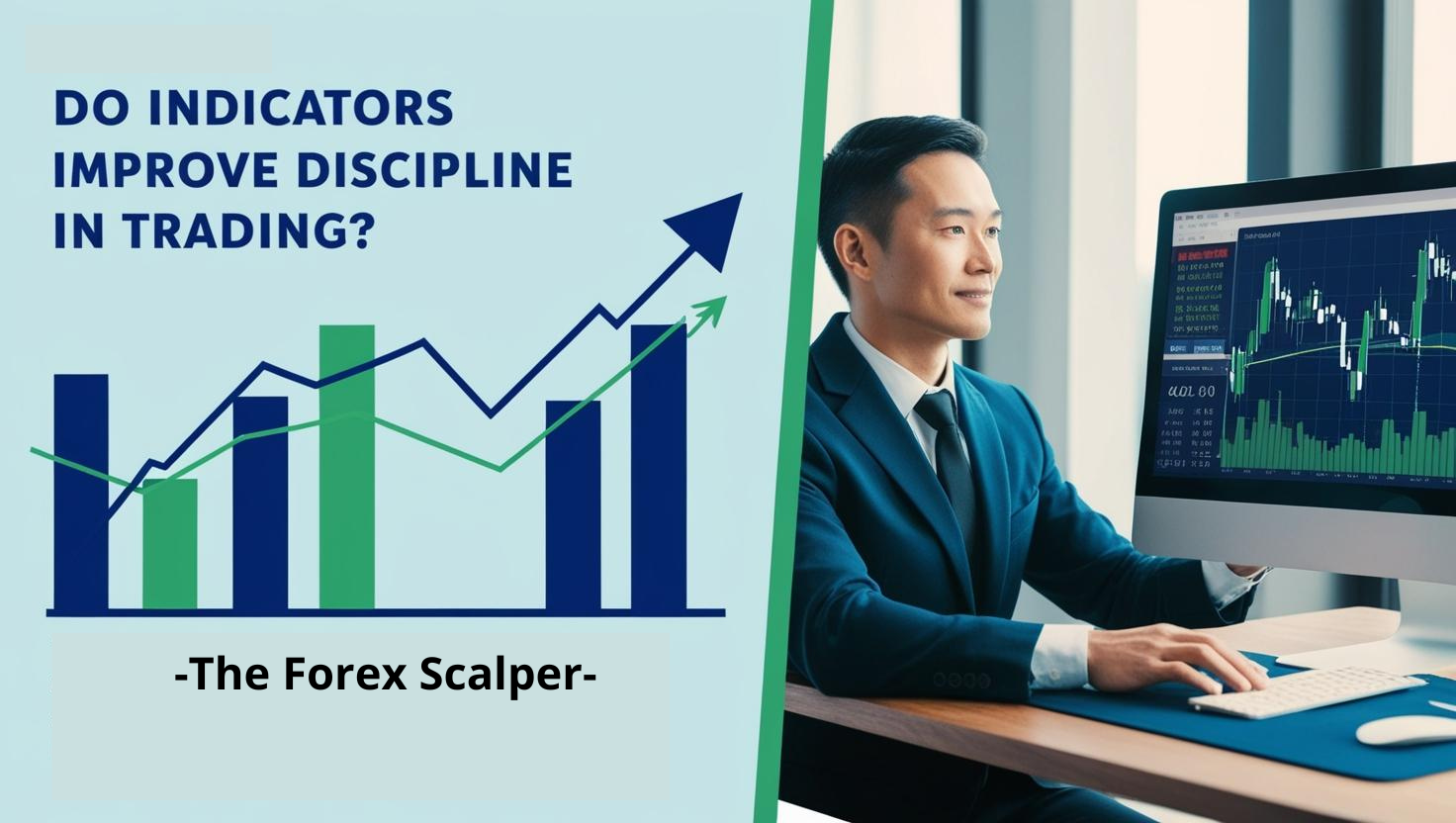Do Indicators Improve Discipline in Trading?
Introduction: The Role of Indicators in Trading Discipline
Every trader knows that trading discipline is one of the most important aspects of long-term success. But the real question is: do indicators improve discipline in trading? Some traders rely heavily on technical indicators to maintain structured decision-making, while others argue that they can cause over-analysis and hesitation.
If you’re looking to be more disciplined in your trading, indicators can serve as a powerful tool—when used correctly. However, indicators alone won’t make you disciplined; it’s how you integrate them into a consistent trading strategy that truly impacts your success.
Understanding Trading Discipline
Before discussing indicators, let’s define what trading discipline really means. A disciplined trader:
Sticks to a well-defined strategy without emotional interference.
Avoids impulsive trades and overtrading.
Manages risk effectively by following stop-loss and take-profit rules.
Follows a consistent routine with proper trade journaling.
Without discipline, even the best indicators won’t help. However, when used properly, indicators can reinforce structure and help you be more disciplined in your trading by removing emotional bias and improving trade execution.
How Indicators Can Improve Trading Discipline
1. Indicators Help Define Rules-Based Trading
One of the biggest advantages of using indicators is that they create objective rules for entering and exiting trades. Instead of trading based on emotions, traders can wait for specific signals before making decisions.
For example, a trader who follows the Relative Strength Index (RSI) may only take trades when RSI is overbought or oversold, reducing emotional impulse trades. Similarly, a trader using a moving average crossover strategy will only enter trades when specific conditions are met.

2. Indicators Reduce Overtrading
Overtrading is one of the biggest enemies of discipline. Many traders enter multiple positions out of boredom or frustration. However, when indicators are part of a strategy, they help filter out low-probability trades and encourage patience.
For instance, if a trader only takes trades when a MACD crossover aligns with a key support or resistance level, they will naturally take fewer, but higher-quality trades.

3. Indicators Reinforce Risk Management
Using indicators to set stop-loss and take-profit levels helps traders avoid emotional decision-making. For example:
- ATR (Average True Range): Helps determine stop-loss placement based on volatility.
- Fibonacci Levels: Guide traders in setting profit targets and trailing stops.
- Bollinger Bands: Indicate when price may be overextended, signaling when to secure profits or adjust stop-loss levels.
When traders follow indicator-based stop and target levels rather than adjusting them emotionally, their trading discipline improves.

4. Indicators Improve Trade Review and Learning
A key part of being more disciplined in your trading is reviewing your past trades and learning from mistakes. Indicators help traders objectively assess their setups and identify patterns in their performance.
For example:
- Was the RSI divergence signal valid before you entered the trade?
- Did price reject the 200 EMA before reversing?
- Were you following your indicator-based entry and exit rules, or did emotions take over?
Using indicators in trade journaling allows traders to refine their strategy and remain consistent.

When Indicators Hurt Trading Discipline
While indicators can improve trading discipline, they can also cause confusion if used improperly. Here’s when they might hurt rather than help:



The Best Indicators for Building Trading Discipline
If you want to be more disciplined in your trading, choose indicators that align with your strategy and trading style. Here are some of the best indicators to enhance discipline:
For Trend Following:


For Reversal & Momentum Trading:


For Volatility & Risk Management:


Final Verdict: Do Indicators Improve Discipline in Trading?
The short answer is: Yes, but only if used correctly.
Indicators can act as a structured framework to help traders remain consistent, reduce overtrading, and manage risk effectively. However, trading discipline ultimately comes from within—indicators are just tools to reinforce good habits.
Key Takeaways:
Indicators create rules-based trading, reducing emotional decisions.
They filter out bad trades, preventing overtrading.
Proper use of indicators enforces risk management and stop-loss discipline.
Reviewing trades with indicators improves long-term learning and consistency.
However, traders must avoid relying solely on indicators and combine them with market structure, price action, and order flow analysis to maintain discipline.
Take Your Trading Discipline to the Next Level














 Questions?
Questions?
